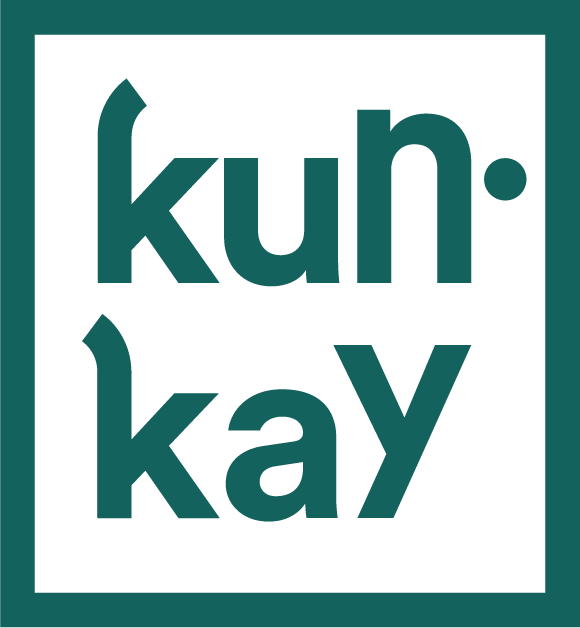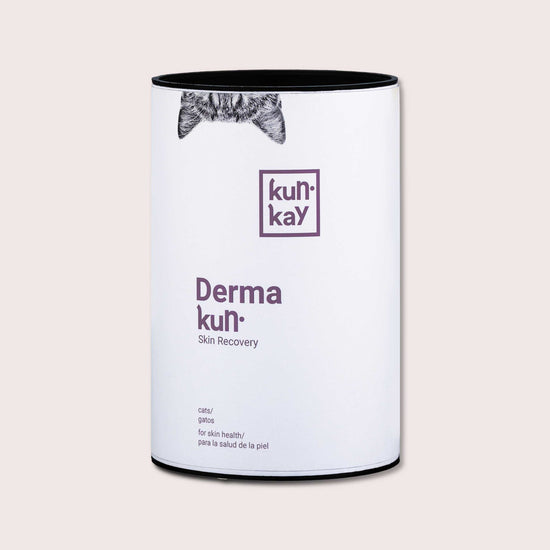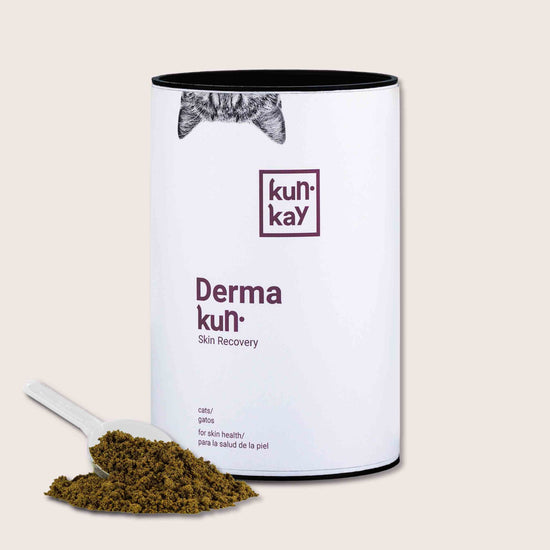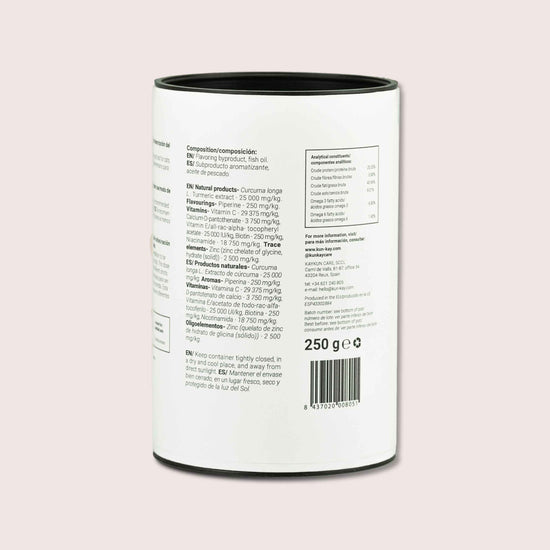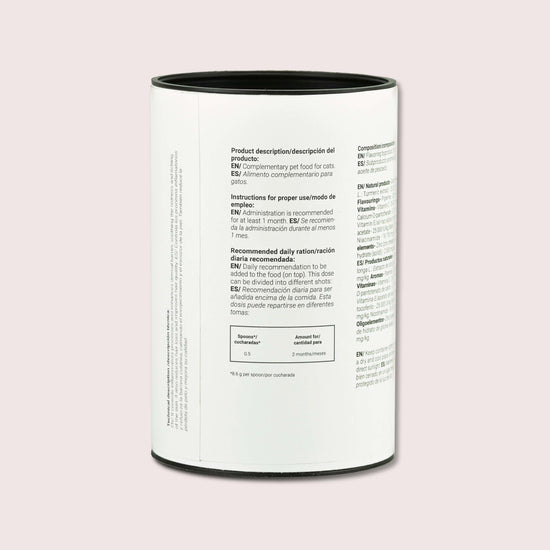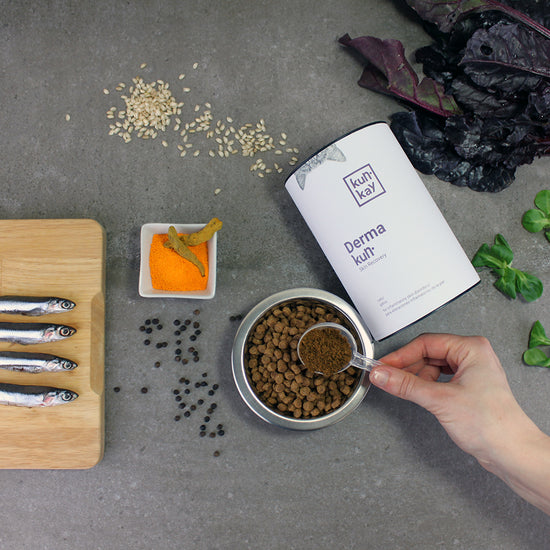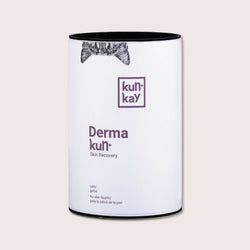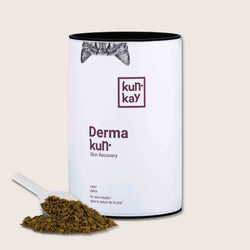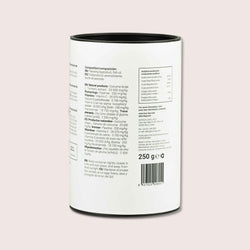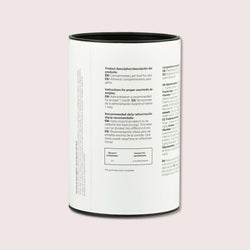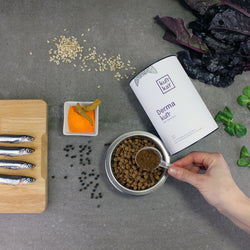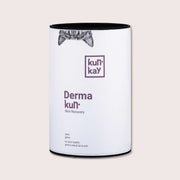Dermakun Gatos (250 g) Suplemento para la salud en Piel y Pelo
Envío gratuito
Ofrecemos envío gratuito a partir de 30€
Garantía de calidad
¿Qué consigue tu felino con Dermakun?
El suplemento nutricional Dermakun® para gatos mantiene en buen estado de salud la piel y el pelo de tu gato. Este suplemento es ideal para gatos con picor, enrojecimiento, inflamación de la piel o mala calidad del pelo, así como para los periodos de muda.
Es el suplemento de cabecera para reducir las afecciones inflamatorias de la piel de tu gato y prevenir su aparición. ¡Puede administrarse en gatos de cualquier edad!
Ingredientes naturales para gatos con Dermakun
Dermakun para gatos está elaborado a partir de ingredientes activos naturales, que se encuentran de forma habitual en los alimentos y que actúan de forma sinérgica entre ellos. Gracias a sus principios activos cicatrizantes, antiinflamatorios y antioxidantes, este complemento alimenticio reduce el picor y promueve la cicatrización de heridas, favoreciendo la recuperación de la piel y la calidad del pelo de tu gato.
